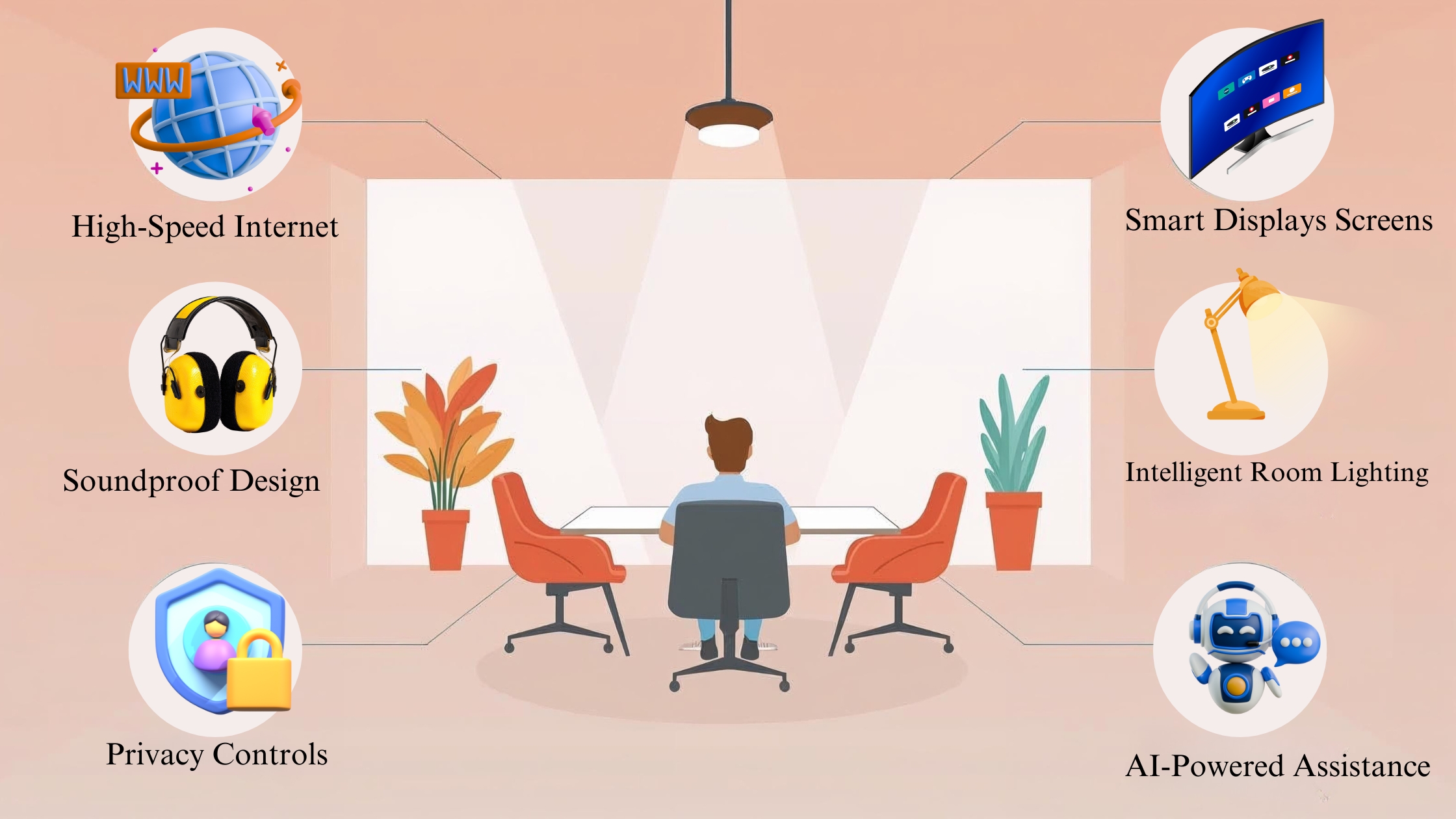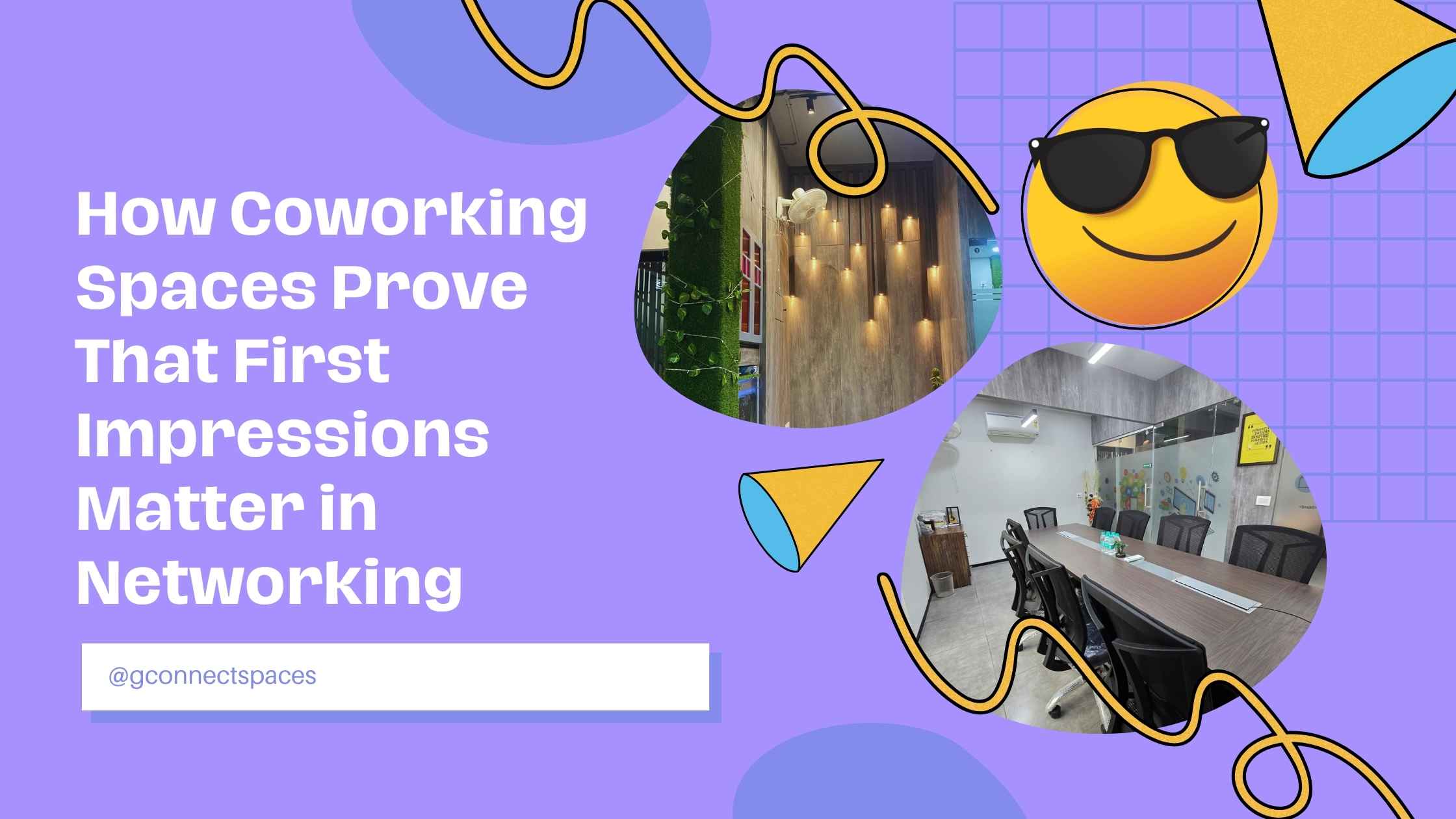
Understanding Collaboration Ratio: Is Your Team’s Working Style Influencing Rent?
Today, companies are rethinking even beyond the remote policies, they are assessing employee work habits, office design, and the space they actually need. Collaboration ratio is one of the gaining tractions in this discussion. It is a key metric that affects the real metric costs. But how exactly does the team’s work style influence rent?
What is the collaboration ratio?
The collaboration ratio is the ratio between individual working vs time employees spend collaborating with others. A high-tech organization organizing interactive sessions such as team huddles, open brainstorming sessions, and design sprints has a higher collaboration ratio than a legal organization that emphasises individual tasks such as documentation and research.
To plan your workspace efficiently, you should understand the ratio. It helps in determining the amount of space needed and the rent you pay.
Rent Connection- The Work Style
The High Collaboration Team requires whiteboard walls, open-plan offices and informal gathering spaces.
Low Collaboration Team: they benefit from quiet zones, private offices and communal areas.
The workspace should be right-sized to match the actual age.
Enhancing productivity to align space design with team behavior
The environment supports their preferred style to improve as an environment.
Imagine you are a hybrid team with marketers and developers. A one-size suits all-office layout is not cut. If you analyze the collaboration ratio, you can effectively distribute both phone booths and focus pods for developers and more lounge areas and team tables for the marketing team.
Rent Savings and Collaboration Ratio
Smart workspace planning can minimize the real estate costs by up to 30%.
Hot desks or shared desks are suitable for teams with flexible schedules.
Multi-purpose areas cater to the needs of individual work requirements and collaborative ratio.
In cities with higher commercial rent such as Mumbai, New York or London, the savings are substantial over time.
Measuring Collaboration Ratio
You do not require fancy software to begin- you should start with team surveys and observations.
Are employees opting for shared tables or private corners?
How frequently do teams require access to meeting rooms?
Devices such as workplace analytics software, occupancy seniors or feedback provide data to back your observations. You can plan accordingly, once you know your collaboration ratio.
Trends that Shape the Future or Office Design
Companies prefer activity-based working due to the rise of hybrid work. Employees prefer spaces based on tasks and not hierarchy. This approach is closely tied to the collaboration ratio and radically minimizes unused space.
Many businesses are shifting to flexible office leasing models and co-working environments to allow real-time adjustments to space usage, further optimizing rent depending upon team behavior.
Conclusion
Your office is just not a space- it’s the image of how the team works. If you understand your team’s collaboration ratio, you can design better spaces, improve productivity and minimize unnecessary rent costs.
If you are planning to start a new office, you should consider a move or just seek to reduce your workload. The answer is if your team’s work impacts rent? You should understand the collaboration ratio is a more effective and functional workspace.

.jpg)

-min.jpg)
.jpg)